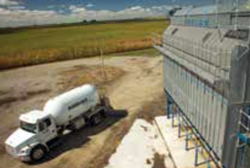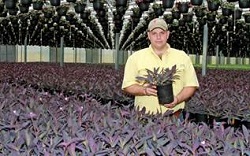 It’s time to vote in the New Holland Voice of the Next Gen Contest. Voting is active now and concludes March 31. There are five chances to win an all-expense-paid trip for two to the Florida-Georgia Line concert at the Giant Center in Hershey, Pa. on May 2, 2015. The contest winners and their guests will also take part in an exclusive meet and greet with FGL’s Tyler Hubbard at New Holland’s Pennsylvania headquarters.
It’s time to vote in the New Holland Voice of the Next Gen Contest. Voting is active now and concludes March 31. There are five chances to win an all-expense-paid trip for two to the Florida-Georgia Line concert at the Giant Center in Hershey, Pa. on May 2, 2015. The contest winners and their guests will also take part in an exclusive meet and greet with FGL’s Tyler Hubbard at New Holland’s Pennsylvania headquarters.
The Voice of the Next Gen contest is part of New Holland’s year-long 120th Anniversary bash, celebrating not just the accomplishments of the past, but looking forward with excitement to the next generation of New Holland SMART products, customers and dealers.
The five Grand Prize winners will be selected from among the top 20 videos, as determined by the public through likes from March 23-30, 2015. Criteria for selecting the five winners will be based on originality, creativity, entertainment value and interpretation of New Holland’s Voice of the Next Gen theme. One winner from among the five Grand Prize winners will be awarded the “New Holland Voice of the Next Gen” title.










